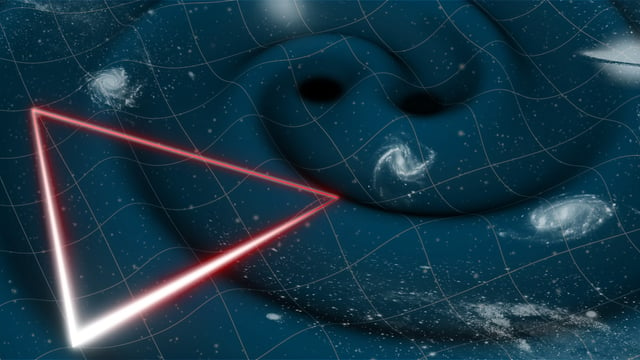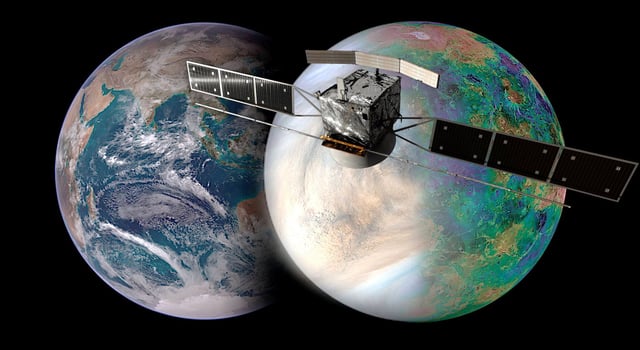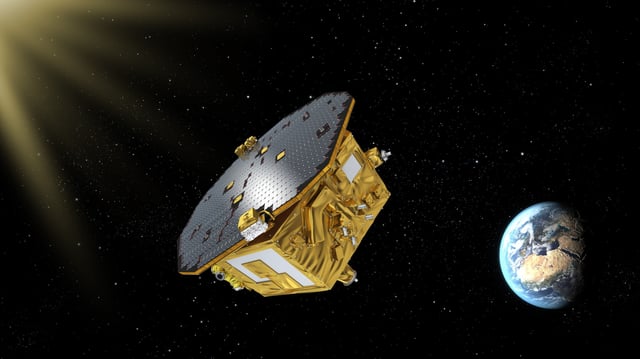Overview
- ESA and NASA have greenlit the Laser Interferometer Space Antenna (LISA) mission, the first space-based observatory designed to detect gravitational waves.
- LISA will consist of three spacecraft flying in a triangular formation, each separated by more than a million miles. The spacecraft will track internal test masses affected only by gravity and will fire lasers to measure their separations.
- The mission will enable observations of gravitational waves produced by merging supermassive black holes and other cosmic events, offering a direct glimpse into the very first seconds after the Big Bang.
- Work to build the instruments and the three spacecraft for the LISA mission will begin in 2025, with the launch planned for 2035.
- LISA's unprecedented sensitivity will open a window to some of the faintest ripples originating from events in the epoch of cosmic dawn and probe some of cosmology's biggest and most pressing questions.



